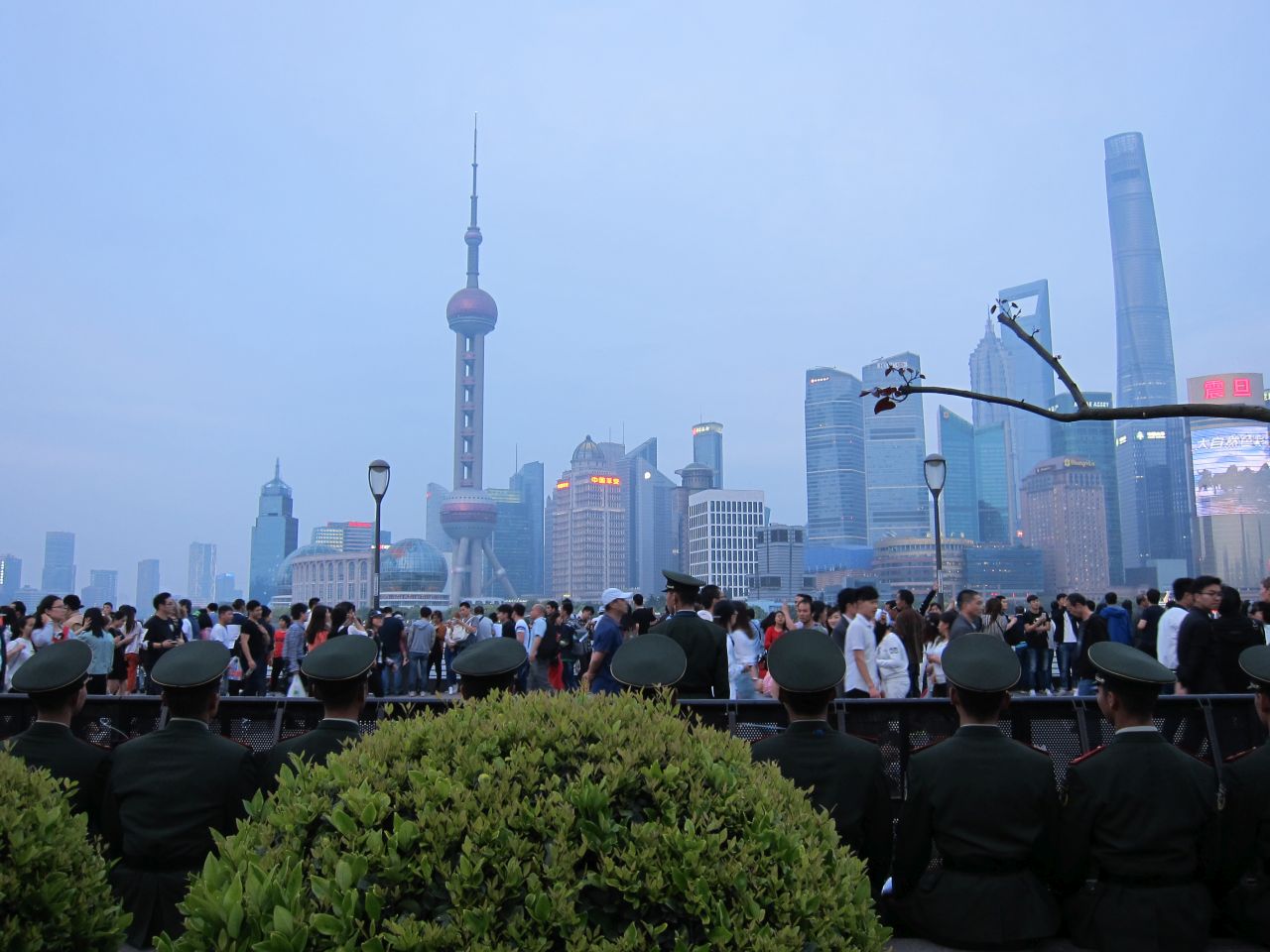
What is the big city syndrome in Beijing?
The triumph of the 2008 Beijing Olympics thrust the city onto the world stage, showcasing its architectural marvels and cultural richness. However, this success came at a cost. The years following the Olympics witnessed the rise of what became known as the "big city syndrome" – a complex array of challenges that threatened to diminish the city's livability and sustainability.
The Symptoms of Big City Syndrome
In the post-Olympic era, Beijing grappled with a set of interconnected issues that characterized the big city syndrome:
- Pollution: Rapid industrialization and urbanization led to severe air and water pollution, posing serious health risks to residents.
- Congestion: The city's infrastructure struggled to keep pace with the influx of people and vehicles, resulting in chronic traffic jams and overcrowded public transportation.
- Unliveability: The soaring costs of living, coupled with the stresses of pollution and congestion, eroded the quality of life for many Beijingers.
- Unsustainability: The city's growth pattern, heavily reliant on resource consumption and environmental degradation, raised concerns about its long-term sustainability.
Post-Growth Discourse: Reimagining Beijing's Future
As the severity of the big city syndrome became evident, a new discourse emerged, advocating for a shift away from the relentless pursuit of economic growth at all costs. This "post-growth" perspective emphasizes the importance of:
- Balanced Development: Shifting emphasis from solely economic growth to a more holistic approach that considers social well-being, environmental protection, and cultural preservation.
- Coordinated Development of the Beijing–Tianjin–Hebei Region: Relieving pressure on Beijing by promoting economic development and infrastructure improvements in neighboring Tianjin and Hebei province, encouraging a more balanced distribution of population and resources across the region.
- Sustainable Urban Planning: Implementing policies that promote green spaces, public transportation, energy efficiency, and waste reduction to mitigate the environmental impact of urban growth.
Tangible Changes and Ongoing Challenges
In recent years, Beijing has taken significant steps to address the big city syndrome. The government has implemented stringent environmental regulations, invested heavily in public transportation, and relocated heavy industries away from the city center. These efforts have yielded some positive results, with air quality showing signs of improvement and traffic congestion easing to some extent.
However, challenges remain. The city is still grappling with the legacy of its rapid growth, and the deep-rooted issues of inequality and social stratification persist. Moreover, the success of the post-growth model hinges on effective coordination and collaboration between Beijing, Tianjin, and Hebei, which requires overcoming administrative and political complexities.
Experiencing Beijing: A Mix of Old and New
Despite the challenges, Beijing remains a captivating city, offering a unique blend of ancient history and modern dynamism. Exploring the historical treasures of the Forbidden City and the Temple of Heaven, contrasted with the sleek skyscrapers of the Central Business District, provides a tangible sense of the city's evolving identity.
| Experience | Description |
|---|---|
| Forbidden City | Immerse yourself in the grandeur of imperial China as you wander through the vast palace complex, a UNESCO World Heritage Site. |
| 798 Art District | Discover contemporary Chinese art in a former factory complex, now a vibrant hub of galleries, studios, and cafes. |
| Hutong Alleys | Get lost in the labyrinthine network of traditional courtyard houses, offering a glimpse into Beijing's past. |
References
- He, S., & Zhou, Y. (2019). Urban shrinkage in China: Exploring the post-growth discourse. Cities, 89, 101-110.
- Wong, D. W. S., & Hu, Y. (2018). Coordinated development of the Beijing–Tianjin–Hebei region: Progress, challenges, and opportunities. Journal of Geographical Sciences, 28(7), 867-884.
Q&A
1. What is being done to address income inequality in Beijing?
The government is implementing various social welfare programs, affordable housing initiatives, and policies to promote job creation and skill development. However, bridging the income gap remains a complex challenge.
2. How has the COVID-19 pandemic impacted Beijing's big city syndrome?
The pandemic has brought both challenges and opportunities. While it initially reduced economic activity and pollution, it also highlighted the need for resilient urban planning and the importance of social safety nets.
3. What role can technology play in mitigating the effects of the big city syndrome?
Technology can contribute to solutions in various ways, such as smart traffic management systems, pollution monitoring and control technologies, and online platforms for citizen engagement and urban planning.
More article references: beijing city walk